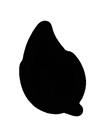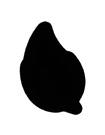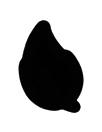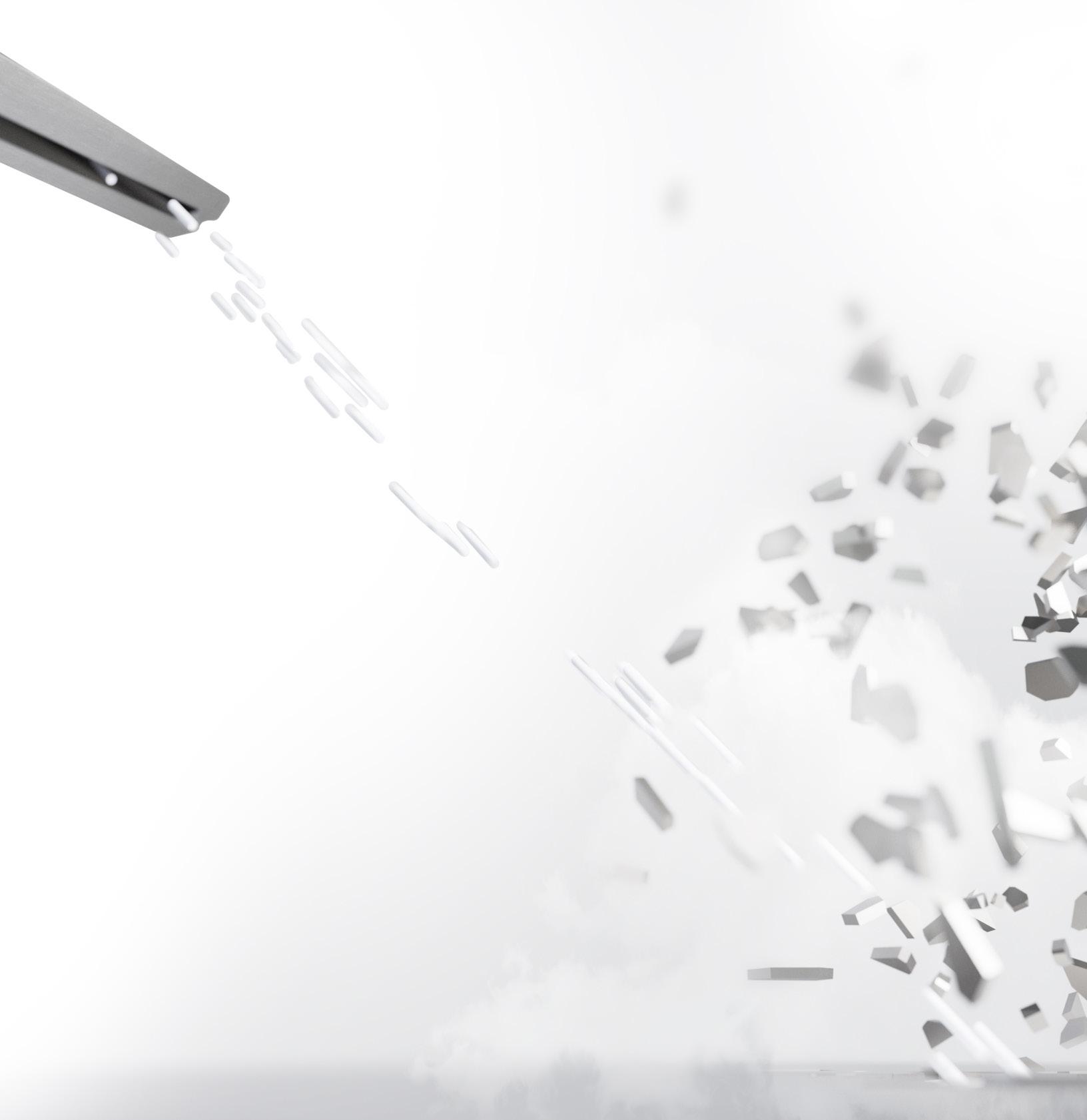the MAGIC of DRY ICE
IN THE PLASTICS INDUSTRY



Clean mold cavities and vents are a major concern for plastic part manufactuers in maintaining today’s high quality standards The build-up of unwanted surface residue from either the product mix itself, mold releases or the labeling process can create various problems, ranging from product release (“knock out”) to inferior product quality and possible tool damage. Flash on the product also creates challenges for manufacturers. Mold halves leave a parting line in the final product, and that parting line, or flash, must be removed for the product quality.
Traditional cleaning and deflashing methods involve tedious and ineffective manual processes using chemicals and hand tools. Cold Jet’s alternative cleaning provides a non-abrasive and environmentally responsible method that allows molds and products to be cleaned in a fraction of the time, allowing increased cycles between preventative maintenance. In addition, molds can be cleaned hot and in-place, without water, chemicals or creation of secondary waste.
Blow Mold | Compression Mold | Extrusion Die | Injection Mold | Plastic Injection Screw
Plate-Out & Off Gassing | Thermoform Mold | Urethane Molds & Overspill.

PRODUCT FINISHING: Deburring Machined Parts | Deflashing & Surface / Parting
Gloss Leveling | Line Vents
In-machine mold cleaning allows you to cut downtime while improving part quality.



Before After Case Study
Vs . Dry Ice Cleaning
Traditional Cleaning
DOWNTIME SAVINGS
EXPENSE SAVINGS
LABOR SAVINGS
TOTAL ANNUAL SAVINGS



Dry ice is non-abrasive, non-conductive and will not damage surfaces or equipment. By sublimating on impact, no secondary waste is left behind. It is also non-toxic and safer for employees than traditional cleaning methods. These attributes make dry ice cleaning an efficient, cost effective, environmentally sustainable, and occupationally safe cleaning solution.





Dry ice is based on the conversion of captured carbon dioxide (CO 2 ) into a value added, commercially useful product. It's the product of the carbon capture and utilization (CCU) process in which CO 2 is captured at industrial, biogas, or ambient air capture facilities, converted to liquid CO 2 , and transformed into dry ice - giving it a second life as a cooling and cleaning medium.
Due to the fact that dry ice is recycled CO2, it will not contribute to your greenhouse gas score. In the calculation of a carbon footprint, CO2 is accounted for at the producer level. It is not counted a second time at the point of use.














California Air Resources Board

Dry ice cleaning is similar to sand, bead and soda blasting in that it prepares and cleans surfaces using a media accelerated in a pressurized air stream. It differs in that dry ice cleaning uses solid CO2 pellets or MicroParticles, which are blasted at supersonic speeds ans sublimates on impact, lifting dirt and contaminants off the underlying substrate.






